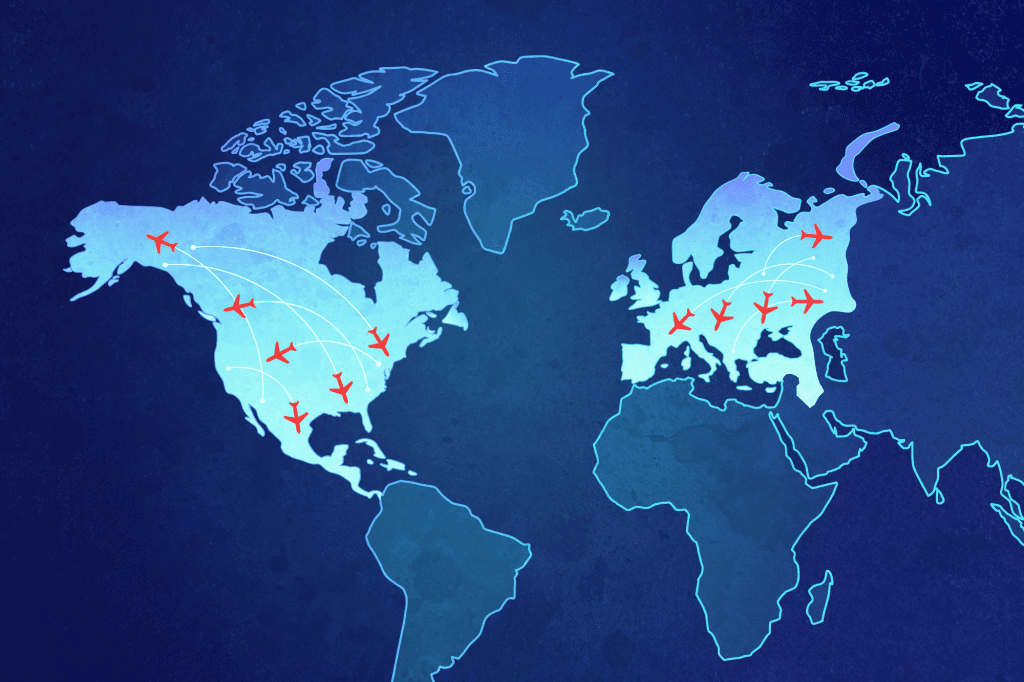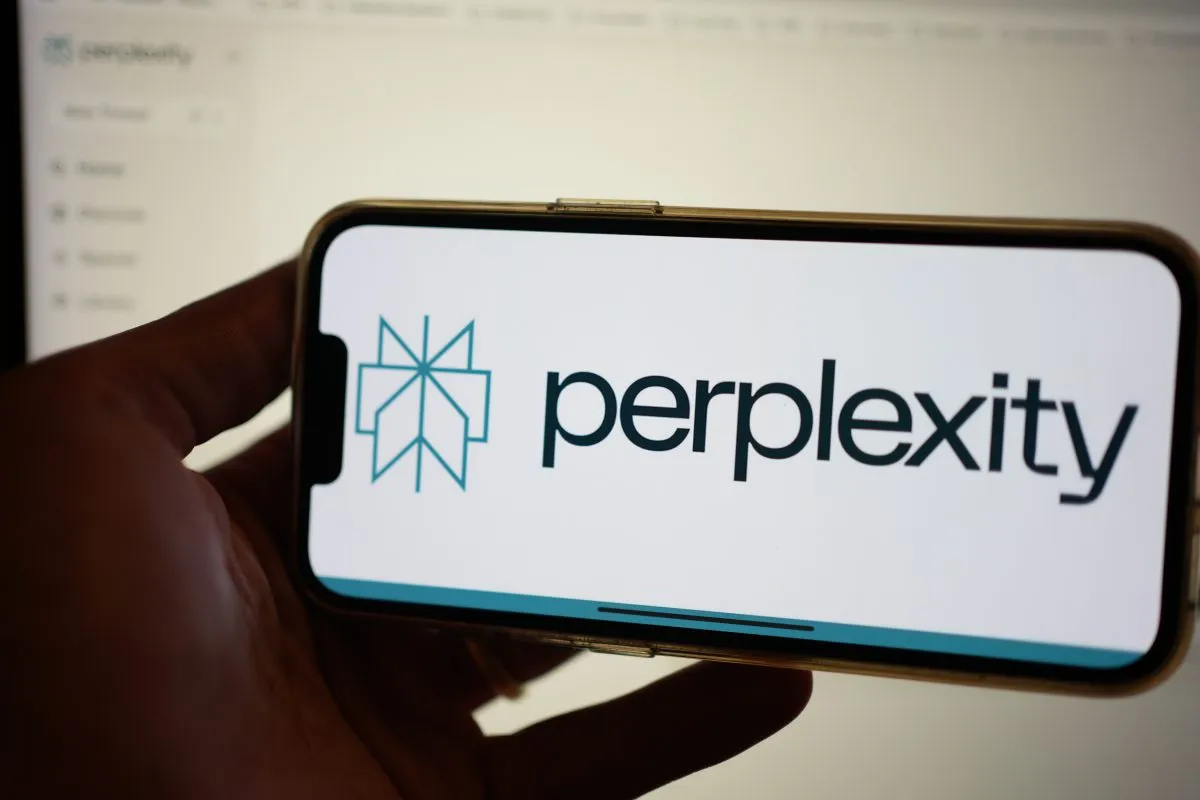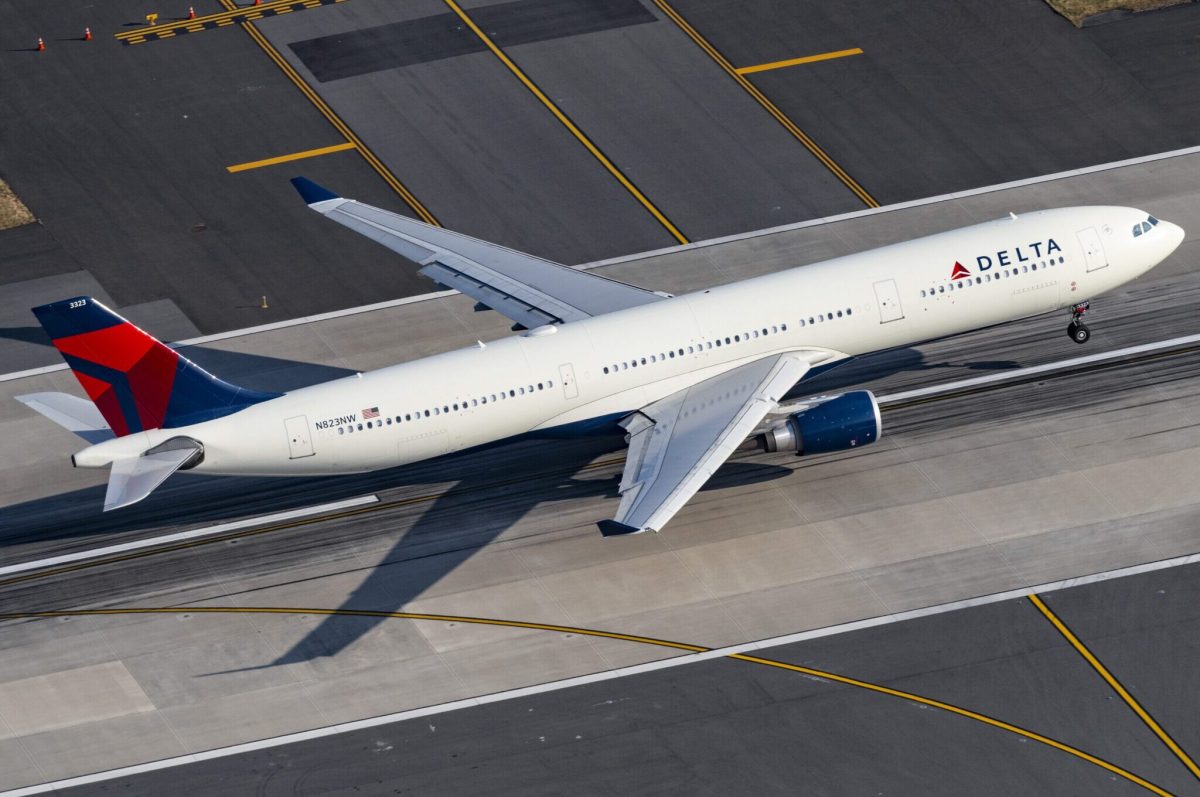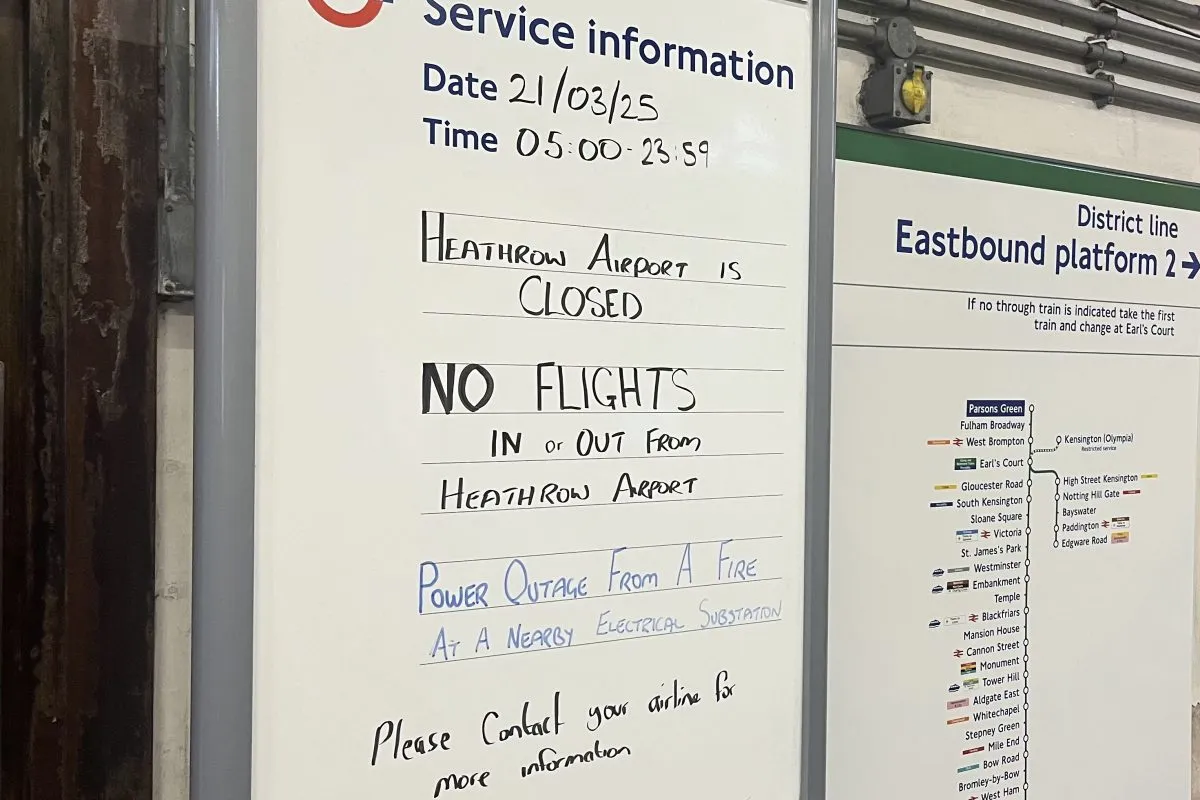Covid's Airlines Paradox: The Losers Are the Winners
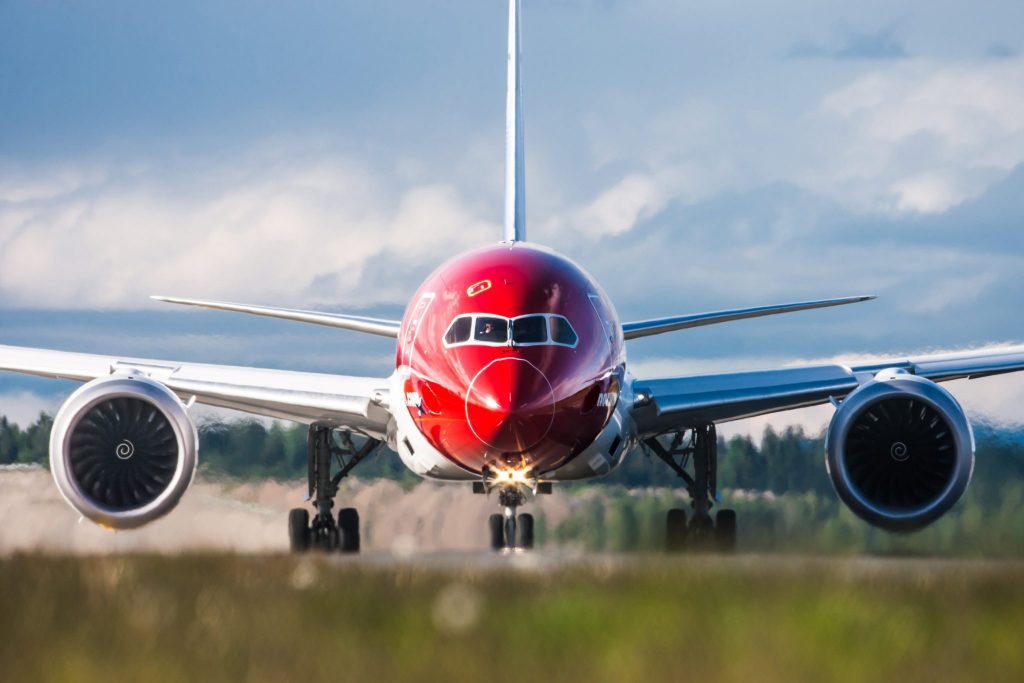
Skift Take
“We’re sure glad 2019 is over. 2020 has been so much better.”
This is a quote said by absolutely nobody in the airline industry (passenger airlines, anyway). Nobody will disagree that the 2020 Covid-19 pandemic is the worst crisis the sector has ever faced. Nobody can make money when revenues are essentially zero. Nobody likes depression-like economic conditions.
True, but …
For the airline industry’s sickest patients — the uncompetitive, the undercapitalized, the strategically challenged — the ravages of 2020 are in some respects a blessing. For one, the crisis has opened a gusher of government financial support: Grants, credit support, tax relief, regulatory relaxation, and so on. If you’re Delta or IAG or Singapore Airlines, that’s aid you wished you never had to take, aid that will taint sterling balance sheets and dilute shareholders. If you’re Alitalia, though, that aid represents a new lease on life, aid that would never have come had there been no crisis.
Alitalia, remember, was searching for survival capital throughout 2019, from Delta, from easyJet, from Lufthansa, from private equity firms, from the Italian Treasury, from Italian conglomerates, and just about anyone else who’d listen. Alas, it got nowhere, and there was a real chance the money-bleeding airline would finally collapse. Until Covid-19 came along.
Get the Latest on Coronavirus and the Travel Industry on Skift's Liveblog
Alitalia now stands to be relaunched with a massive $3.3 billion in government subsidies. The carrier, which lost more than $500 million last year, and another $240 million in the first quarter of this year, will downsize but not much, aiming for a fleet of 92 planes, including 20 wide-bodies for intercontinental routes. The relaunch effort might also include changes to labor laws that disadvantage the foreign low-cost carriers that carry the majority of Italy’s air traffic. In fact, Ryanair, easyJet, Vueling, Volotea, Norwegian, and Romania’s Blue Air teamed up last week to form an Italian lobbying front to protect their interests.
It’s not just Alitalia. There’s Italian government money for other local airlines too, including Air Italy, which isn’t even alive anymore! (It ran out of money in February). In Germany, as Lufthansa reluctantly asks for a government bailout, Condor will get a second round of public aid and a chance to remain independent after LOT Polish walked away from a takeover deal. Latvia’s airBaltic, which lost $9m last year, enters the second half of this year with a big infusion of government funds. In Asia, grossly dysfunctional carriers like Thai Airways and Malaysia Airlines, on a path to oblivion in 2019, have a much greater chance of taxpayer recapitalization in 2020.
Would Airlines in the 2019 Graveyard Have Survived?
All of this makes one wonder whether the parade of airlines that died in 2019 — Thomas Cook, Jet Airways, Avianca Brasil, Aigle Azur, XL Airways, Adria Airways, and so on — might have bought themselves more time had they only survived to see the crisis. Flybe, which died shortly after the crisis began, was a unique case — the U.K. government was reluctant to spend taxpayer money on a company partly owned by billionaire Richard Branson.
Branson’s Virgin Atlantic and Virgin Australia face a similar problem. The latter, unable to get government help, was forced to file for bankruptcy. The former, thus far denied state aid as well, might be forced to do the same. But importantly, both carriers — longtime money losers but several notches above the Alitalias of the world in terms of competence and efficiency — are attracting tremendous interest from private sector providers of capital.
A crowd of investors have lined up to buy Virgin Australia out of bankruptcy. Almost as many are listening with great interest as Virgin Atlantic pitches a turnaround plan. As an Economist article notes, quoting a Perella Weinberg investment banker, this crisis is the opposite of the financial crisis a decade ago, in which capital markets were largely closed but non-financial businesses mostly intact. Today, there’s plenty of available capital for airlines desperately in need.
The nearly 40-year old Virgin (Atlantic) and the one roughly half its age (Australia) are emblematic of a large category of airlines, airlines not quite on the verge of dying pre-crisis, but losing money, under-scaled, outcompeted, stuck with unfavorable contracts, or otherwise struggling to achieve sustainable success. Many of these carriers, including the two Virgins, are well liked by travelers, with strong brands. Both Virgins, incidentally, have close and valuable relationships with Delta. Both, in other words, were perfectly good airlines in many ways, but chronically unable to make money.
The Rare Chance to Restructure
The Covid crisis could change that. To be clear, this sort of global catastrophe is nobody’s wish. No matter what ultimately happens to airlines like the Virgins, their employees, suppliers, shareholders, creditors, airports, and local economies will have suffered greatly. As businesses, however, the crisis offers a rare chance to restructure in ways impossible under normal circumstances. Even absent a bankruptcy proceeding, distressed carriers can now radically reset their cost structures, their fleets, their workforces, and their business models more broadly. Input costs, from fuel to planes to labor, have rarely been cheaper. Airline negotiating leverage with suppliers, be they lessors or manufacturers or airports, has rarely been stronger.
Norwegian is Exhibit A for this sort of reset. Pre-crisis, it was already undertaking major reforms, enabling it to escape 2019 alive. Barely. But even its boldest steps left big questions about whether it could ever achieve success. Then the crisis came, and Norwegian was suddenly in a position to access government loan support, subject to extreme reforms. The result: Pain for all stakeholders, but also a “New Norwegian” with a business model much more likely to succeed than anything achievable pre-crisis. It’s now a less complex airline, with vastly lower costs and greater operating flexibility. Before, Norwegian was a broken airline in a world of robust demand. Now demand is much lower, but the airline is much leaner.
Even South African Airways, with a near-zero chance of ever earning sustainable profits pre-crisis, has at least a window of opportunity now to be resurrected with a more viable cost base and business model. Its rival Comair, itself in bankruptcy, can emerge more competitive. Same for others that have gone bankrupt in the current crisis, like Air Mauritius. Avianca, which narrowly avoided bankruptcy just before the crisis, couldn’t pull off the same trick a second time. But it’s confident of using the time in court to become a “better, more efficient airline.” Avianca’s 2003 trip through bankruptcy, after all, positioned it for many years of solid profits (it even earned an operating profit last year, if just small one).
New Access to Financing
All across the industry, airlines are reimagining themselves as potentially leaner and nimbler companies. Everyone understands that the revenue pool will be considerably smaller, perhaps for years to come. But they’re also enticed by the opportunities afforded by the crash in input costs and — for the sicklier carriers, pre-crisis — access to financing they surely would never have gotten.
Delta, a paragon of pre-crisis strength, said during its first quarter earnings call that the crisis is “an opportunity to accelerate strategies to streamline our company, simplify our fleet, and reduce our fixed cost base in ways not possible in the past.” It need not be too concerned about distortionary government aid though. U.S. federal aid is targeted to all airlines roughly equally, adjusted for size. Not so in Europe, where Ryanair is red with rage about long sickly flag carriers receiving tens of billions of dollars in state aid. It’s even suing to stop rescue efforts for rivals like SAS and Air France/KLM. Ryanair is the largest airline in Italy by passenger volumes, so you can only imagine how Michael O’Leary feels about the latest Alitalia bailout. Last week, he told Bloomberg that Lufthansa was “hoovering up state aid like the drunken uncle at the end of a wedding.”
Lufthansa, and Air France/KLM, for that matter, are examples of airlines that were troubled pre-crisis, earning margins well below those of rivals like IAG and Delta. But they weren’t extremely troubled. Both had a fighting chance at self-improvement pre-crisis, with a large number of promising reforms. The Covid shock is therefore much more setback than opportunity, but an opportunity nevertheless, to do as Delta mentioned and enact changes heretofore impossible. IAG has the chance to renegotiate its Air Europa takeover price. Perhaps Air Canada can do the same with its Transat transaction.
Emirates, in a dangerous position as a premium, intercontinental, large wide-body airline in a region dependent on oil money, might be able to use the crisis to accelerate aircraft down-gauging and other necessary changes. Allegiant, in the opposite position as a lean and flexible leisure-oriented carrier, is no less keen on seizing the moment to experiment with new labor models. Aerolineas Argentinas, in the category of Alitalia-like basket cases, already reacted by announcing a merger with its sister airline Austral. It’s now (good luck) attempting labor reforms with famously recalcitrant unions.
When the calendar turns to 2021, no airline anywhere will look back and say: Wow, 2020 was such a great year. But all will have identified some unique opportunities that arose during the year’s horrors. Some will have survived in 2020 only because of the crisis, in other words, the opportunities it created and the new sources of funding it opened. Still others will have used the crisis to turn what were dead-end business models into models with a much greater chance of success. In that way, a crisis can turn losers into winners.
This story was first published in the May 17 issue of Skift Airline Weekly.
